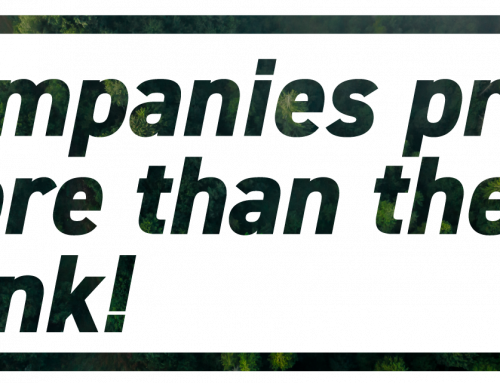“Print is now the only self-sustainable medium!”
– The former Chairman of Friends of the Earth
Print has long been associated with waste and pollution, a big negative for the environment. However, the print industry has been addressing this association; working on ways to improve and negate its negative impact. Our Account Executive, Ross, has been looking into why we should reconsider our assumptions.
In the past, print was the main marketing stream to get promotion and messaging to consumers. However, modern technology and the digital age has given us different options and print is now just one of many tools at a company’s disposal. That doesn’t mean it’s obsolete though. There’s a reason print has been used to reach consumers for so long:
- Research shows that people trust print more than what they see online.
- It’s tangible, giving the consumer something to physically hold
- And it stays around for longer; in windows and on office desks for weeks and months. Thus it provides excellent value for money.
As well as opening up different streams for marketing, the advances we’ve seen in technology has allowed the print industry to improve its environmental impact. The industry and its associated services now offer a variety of options to ensure minimal impact with maximum benefit.
These are just a few of the new technologies that allow this;
- Digital Print: Compared with traditional analogue printing, digital printing uses less energy, produces less waste and has a smaller carbon footprint. There is no longer a need for printing plates or complex setups which in the past would create additional material waste as well as high costs and the need for larger orders. With digital printing, there are options for print on demand and no minimum order requirement as well as flexibility.
- Inks: Vegetable-based inks have now been developed and part biodegradable toners are also being developed for digital printing.
- Paper and Packaging: The Forestry Stewardship Certification (FSC) which you will see on many of your magazines, toilet rolls and tissues in the supermarket was established in 1993. The FSC accreditation assures that the source of the paper has come from a sustainable and managed source. There are also options like recycled paper or biodegradable wrappings; newsprint is one of the easiest papers to produce from recycled sources. Even your favourite catalogue that comes through your letterbox probably uses 100% biodegradable potato starch wrapping rather than the harmful plastic once used.
- Energy: True that print uses large amounts of energy but with such easy access to renewable energies, many printing companies are reducing their footprint through this. As well as more eco-friendly energy sources, companies are always developing more energy-efficient machinery reducing the amount of power needed in the first place.
- Transportation: Modern printing processes also reduce the carbon footprint substantially. Digital files can be sent to a target destination before being printed. And, through clever software’s, like the docs24 platform, print on demand reduces the need to transport excess documents.

